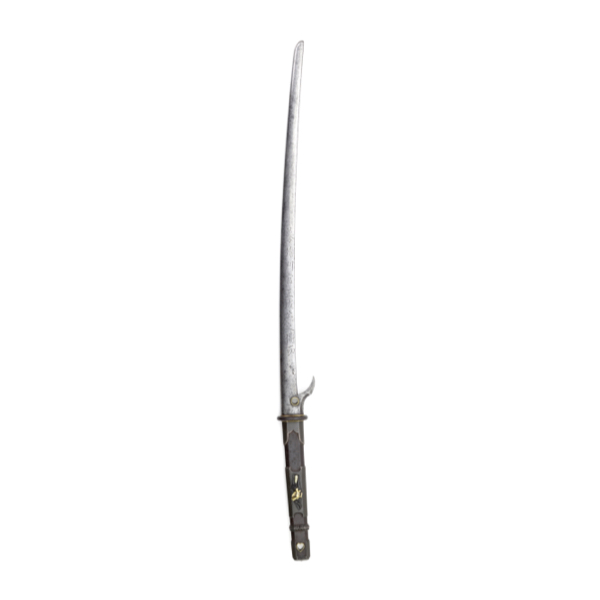
Hachiwari (鉢割)
Language: Japanese
Origin: Old literature
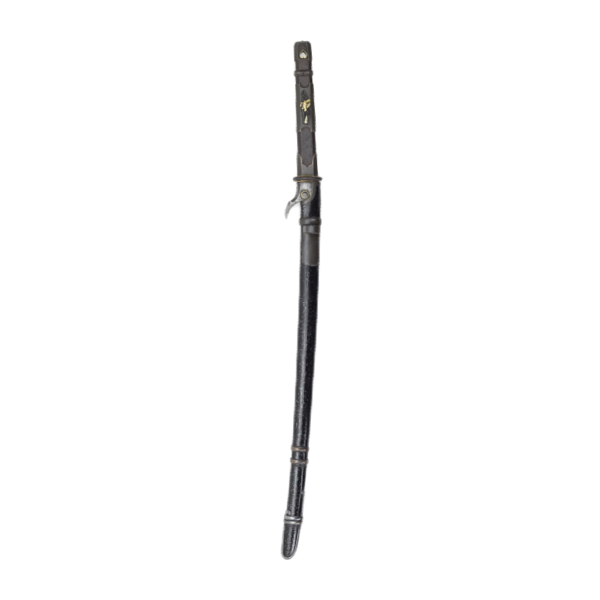
Very good hachiwari
Literally "skull splitter", more widely known as kabutowari; "helmet splitter." An excellent example, one of the best of its type.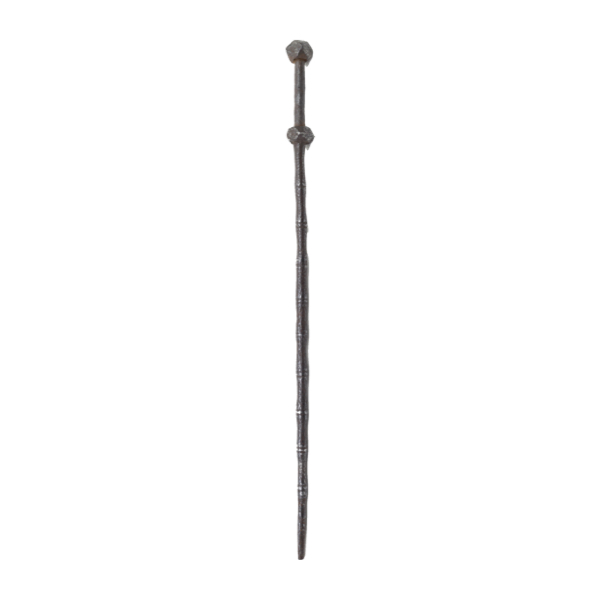
Chinese tiěbiān mace
A Chinese "sword breaker" with the rarer, bamboo-sectioned rod.
Chinese crescent tipped maces
A highly unusual set of paired maces with crescent tips.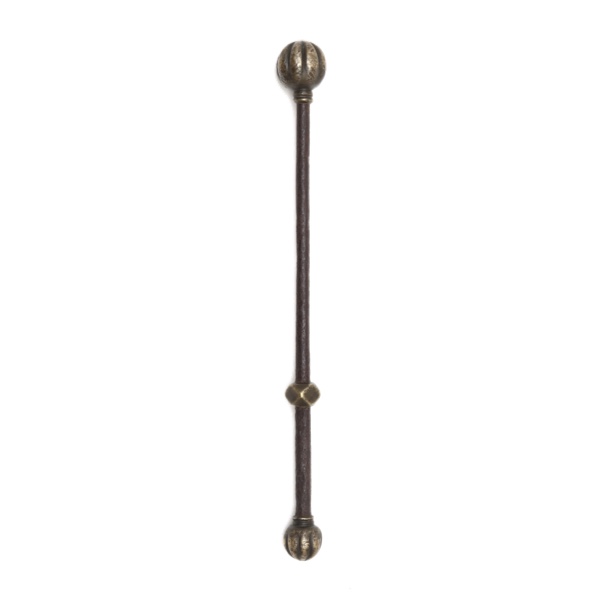
Chinese garlic mace
Called suàntóu gǔduǒ in Mandarin, with characteristic brass head.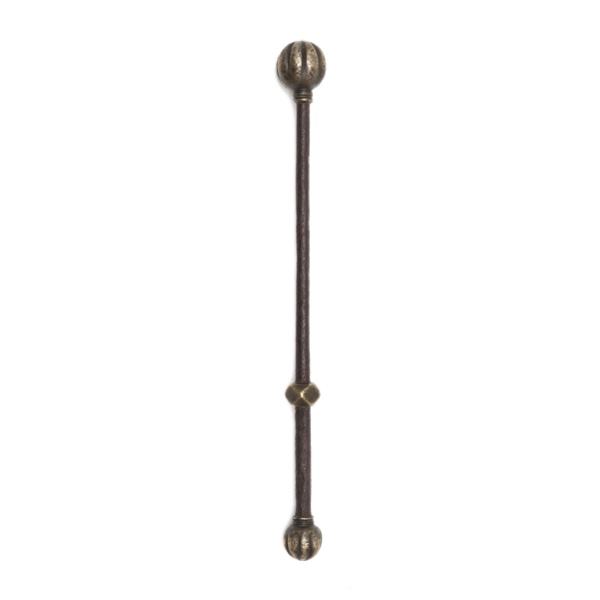
Suàntóu gūduǒ (蒜頭骨朵)
Literally "garlic mace", the name of a mace with a bulbous head.
Teišun-i giyan
Manchu for a brass or bronze mace.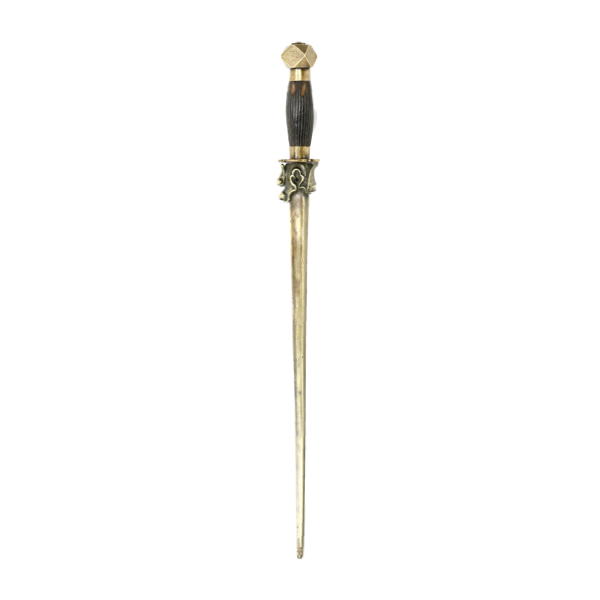
Tóngjiǎn (銅鐧)
Chinese for a bronze mace.
Chinese forked mace
A forked mace with cast ornament in the middle of the cross guard.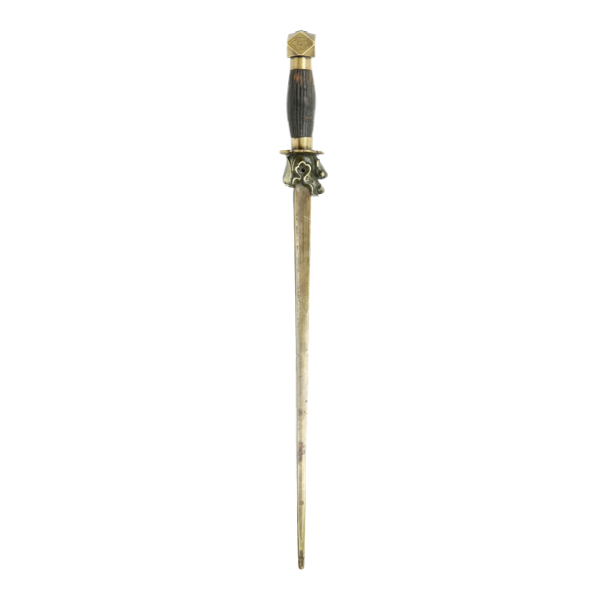
Jiǎn (鐧)
A type of Chinese mace with a smooth rod.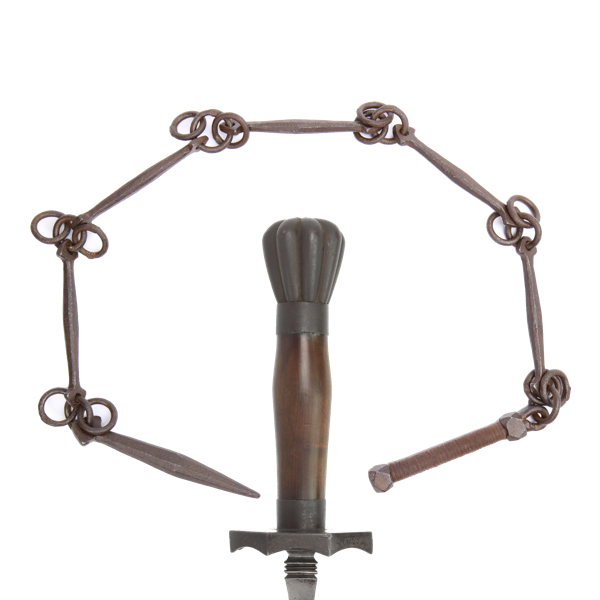
Tiěbiān (鐵鞭)
Used to describe both flexible sectioned whips and heavy bar-maces.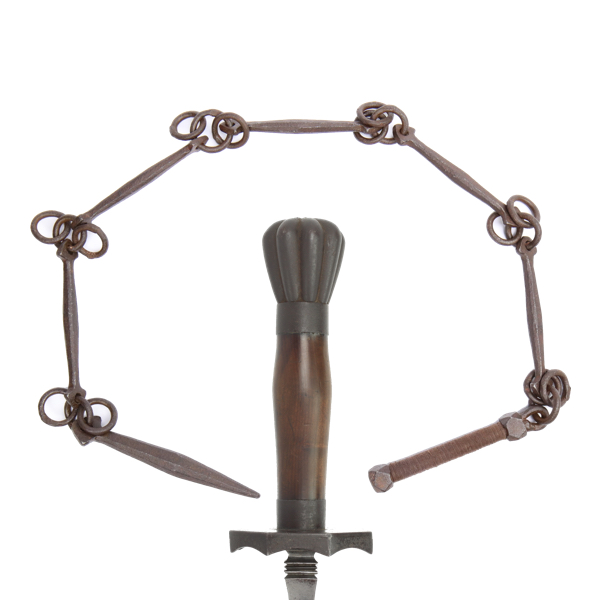
Biān (鞭)
Literally: "whip". Describes actual whips but also iron chain weapons and rigid bar-maces.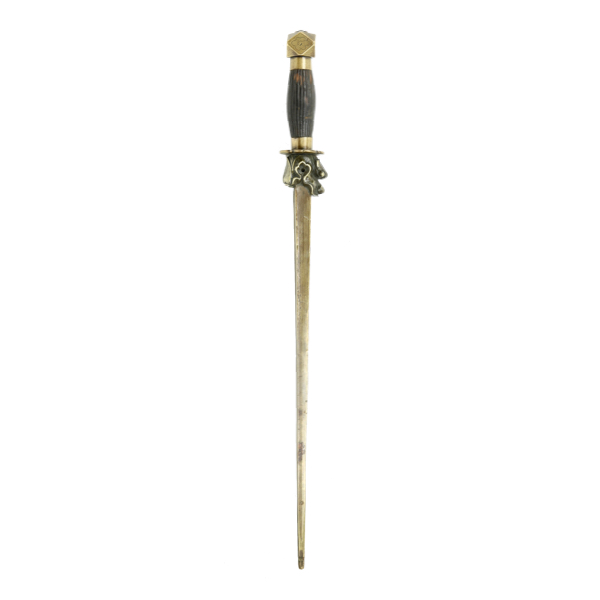
Chinese bronze mace (tóngjiǎn)
With large dragon head collar piece.
Chinese crescent moon weapons
Unusual set of paired Chinese maces of good workmanship.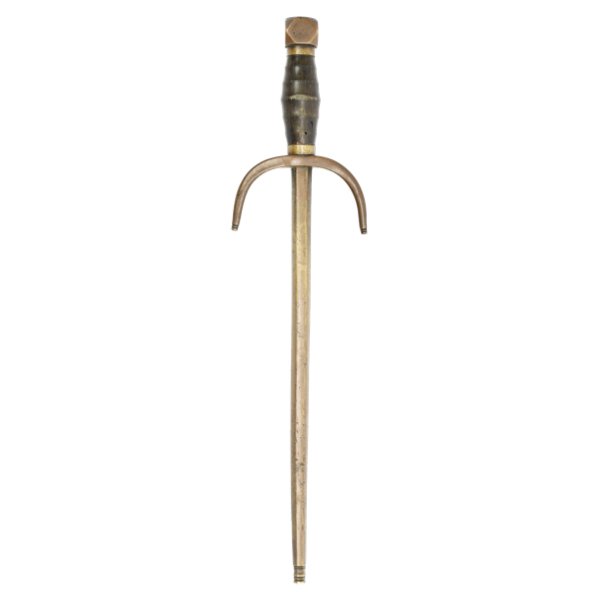
Antique Chinese bronze mace
Introduction
Chinese civilian martial artists used a wide variety of weapons.
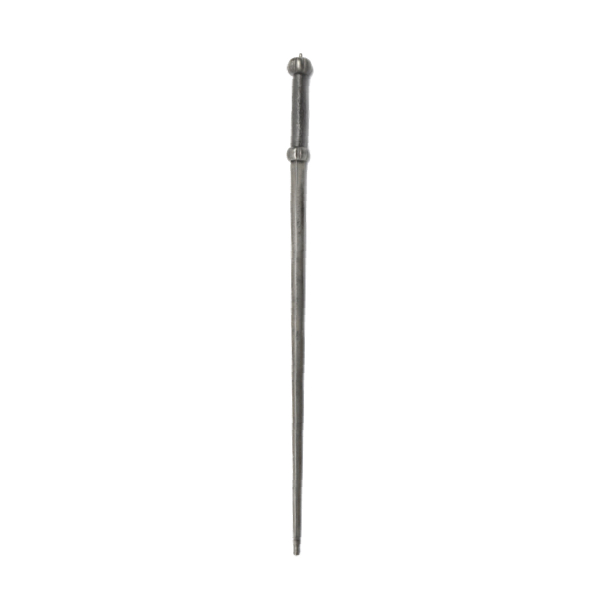
Chinese sword breaker
With tapering blade, hollow ground on each side to make the edges slightly sharper.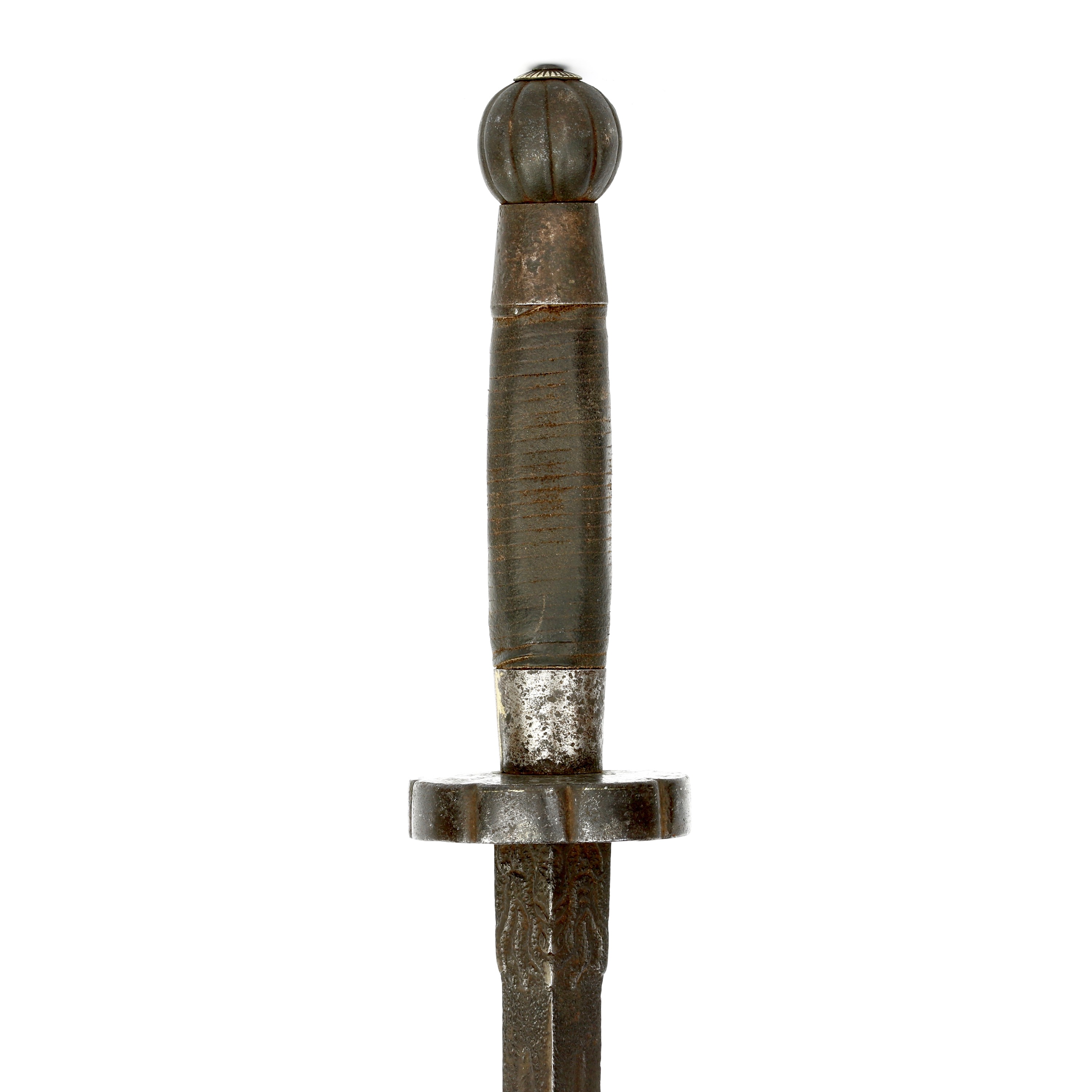
A Chinese sword breaker (jian)
Introduction
In Chinese military culture, there has long been a distinction between two hea

Chinese iron ruler
Introduction
As a non-military weapon, not much was written about Chinese tiě chǐ
